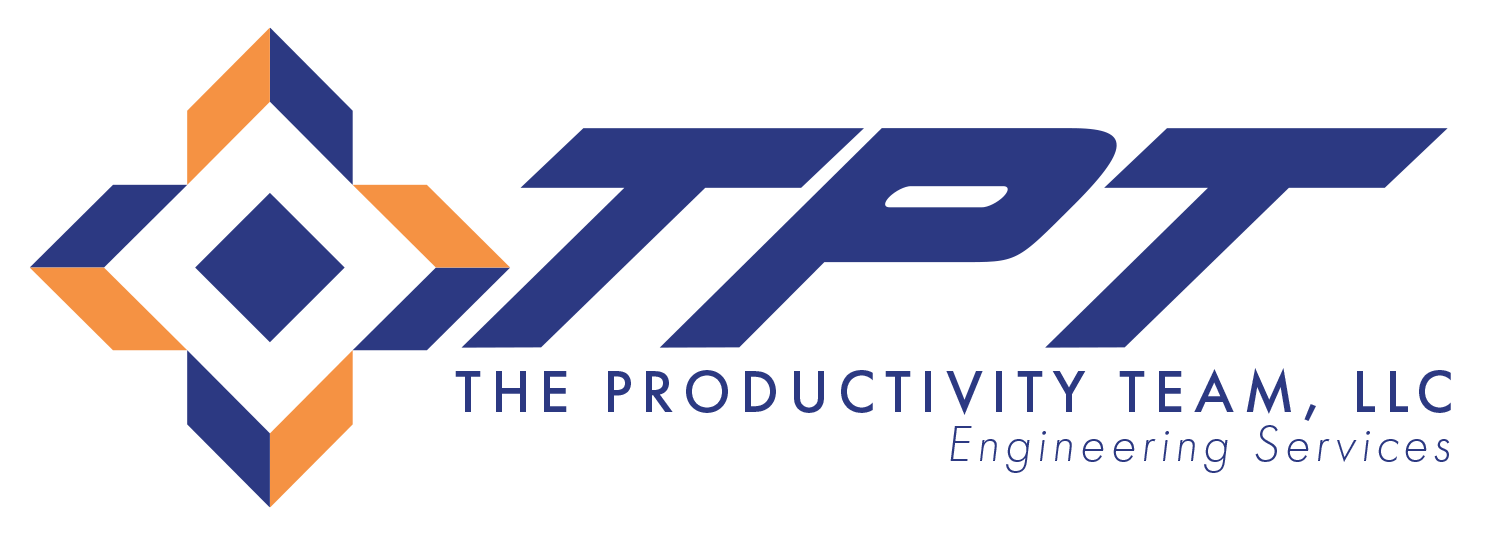Kanban system design implementation can be transformative for any operation, particularly in manufacturing, software development, or any process-driven environment. The Kanban system, originating from Japanese manufacturing practices, is a method for managing work and inventory with an emphasis on visual cues and just-in-time production. This system helps organizations streamline operations, reduce waste, and increase efficiency. Here’s how to effectively implement Kanban system design in your operation:
Understanding the Kanban System
Kanban is a visual system for managing work as it moves through a process. It visualizes both the process (the workflow) and the actual work passing through that process. The goal of Kanban is to identify potential bottlenecks in your process and fix them so work can flow through it cost-effectively at an optimal speed or throughput.
Key Principles of Kanban
- Visualize Work: Using Kanban cards and boards to make work visible.
- Limit Work in Progress (WIP): By limiting how much unfinished work is in process, you can reduce cycle time and improve the delivery rate.
- Focus on Flow: By using work-in-progress limits and developing team-driven policies, you can optimize the flow of work.
- Continuous Improvement: Regularly analyzing and improving upon your current processes.
Steps to Implement Kanban System Design
Step 1: Analyze Your Current Workflow
- Understand your current processes and identify the various stages of your workflow.
- Note common bottlenecks or areas where work gets held up.
Step 2: Design Your Kanban Board
- Create a Kanban board with columns representing each stage of your workflow. This can be a physical board with cards or a digital board using specialized software.
- Common columns include “To Do,” “In Progress,” and “Done,” but you should customize this according to your specific workflow.
Step 3: Create Kanban Cards
- Each work item is represented by a Kanban card. This card moves across the Kanban board from the left (start) to the right (completion).
- Cards should contain key information about the work item, such as the description, the person responsible, due dates, and any other relevant details.
Step 4: Set Work in Progress (WIP) Limits
- WIP limits are critical in Kanban. They limit the number of tasks in any given stage of the process.
- Setting WIP limits helps to prevent overloading your team and identifies bottlenecks.
Step 5: Measure and Manage Flow
- Monitor how quickly work is moving through each stage. Look for stages where cards linger too long, indicating a bottleneck.
- Use metrics like lead time (time to complete a work item) and cycle time (time a card spends in each stage) to measure flow.
Step 6: Implement Feedback Loops
- Regular meetings should be held to discuss the board and any obstacles affecting the flow of work.
- Use this time to gather feedback from the team and make adjustments to processes and WIP limits.
Step 7: Optimize and Evolve
- Continuously monitor the effectiveness of your Kanban system.
- Be prepared to make changes to your board, process, and WIP limits as you discover what works best for your team.
Challenges in Implementing Kanban
- Resistance to Change: Some team members may resist the changes Kanban introduces. It’s important to communicate the benefits and provide training.
- Over- or Under-Estimating WIP Limits: Finding the right WIP limits can be a trial-and-error process. Adjust them as needed based on your observations and team feedback.
- Maintaining the Board: The Kanban board must be kept up-to-date to be an effective tool. This requires discipline and regular attention from all team members.
- Balancing Flexibility and Structure: While Kanban is a flexible system, maintaining some level of structure and consistency is crucial for it to be effective.
Benefits of a Kanban System
- Improved Efficiency: Kanban helps in reducing the time it takes to complete a work item by highlighting bottlenecks and eliminating unnecessary steps.
- Increased Flexibility: It allows teams to adapt quickly to changes in priorities or workload.
- Enhanced Visibility: All team members can see the status of work items, which improves communication and coordination.
- Reduced Overburdening: By limiting WIP, teams are not overburdened with too many tasks at once, which can improve job satisfaction and reduce burnout.
Conclusion
Implementing a Kanban system design can significantly streamline operations, enhance flexibility, and improve productivity. By visualizing work, limiting work in progress, and continuously optimizing the process, Kanban promotes a more efficient workflow and a culture of continuous improvement. The simplicity and visual nature of Kanban make it an attractive tool for various industries and teams of all sizes. With the right approach and commitment, Kanban can be a powerful method for managing work and enhancing operational efficiency.
Contact Us to Learn More About TPT
TPT is the leading provider of facility planning and engineering services. Contact us today to speak with one of our planning and engineering specialists.
